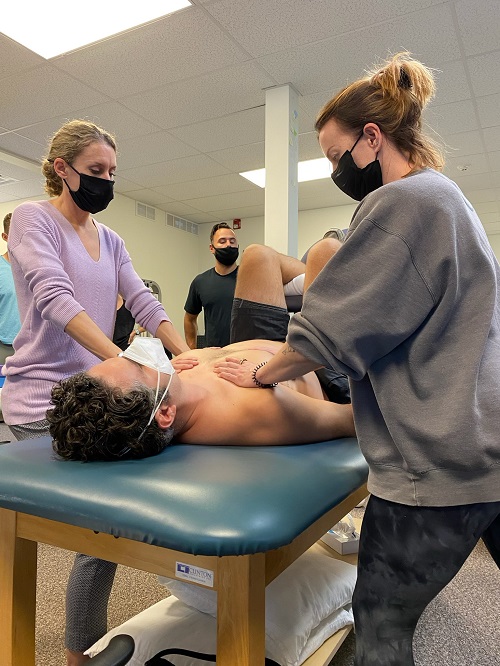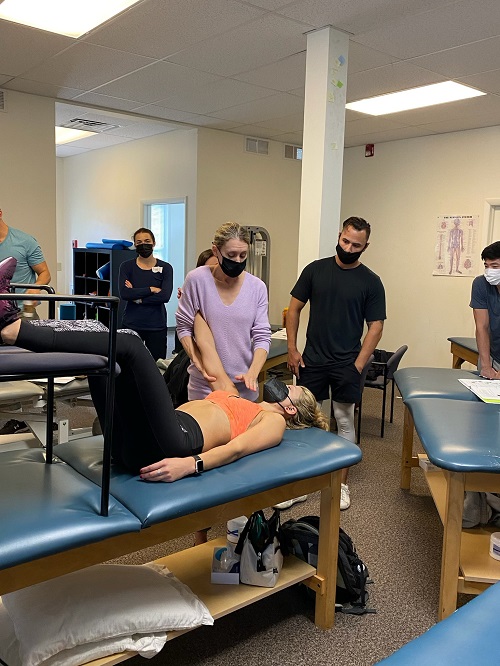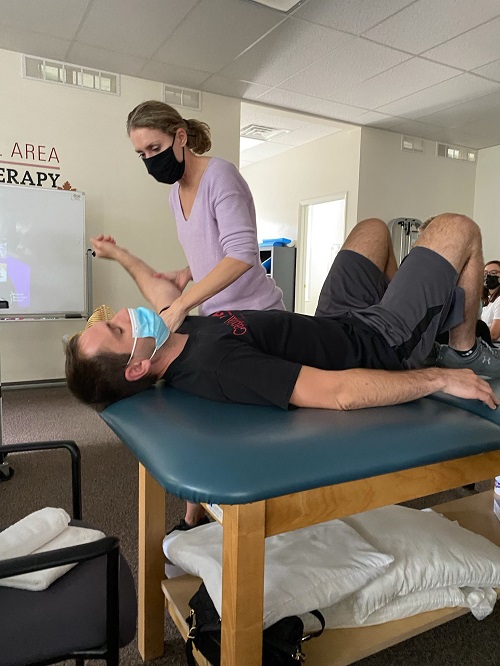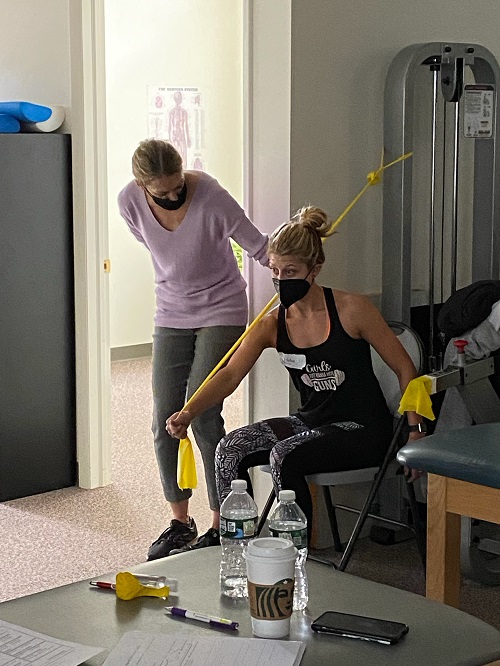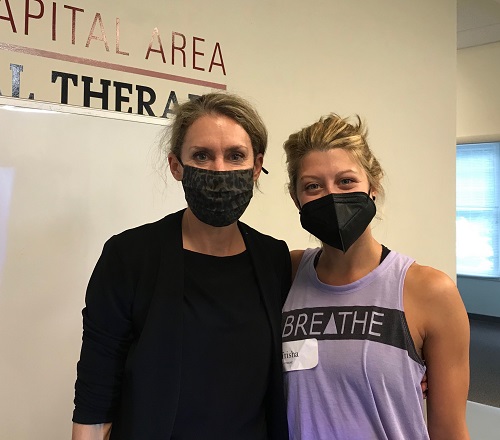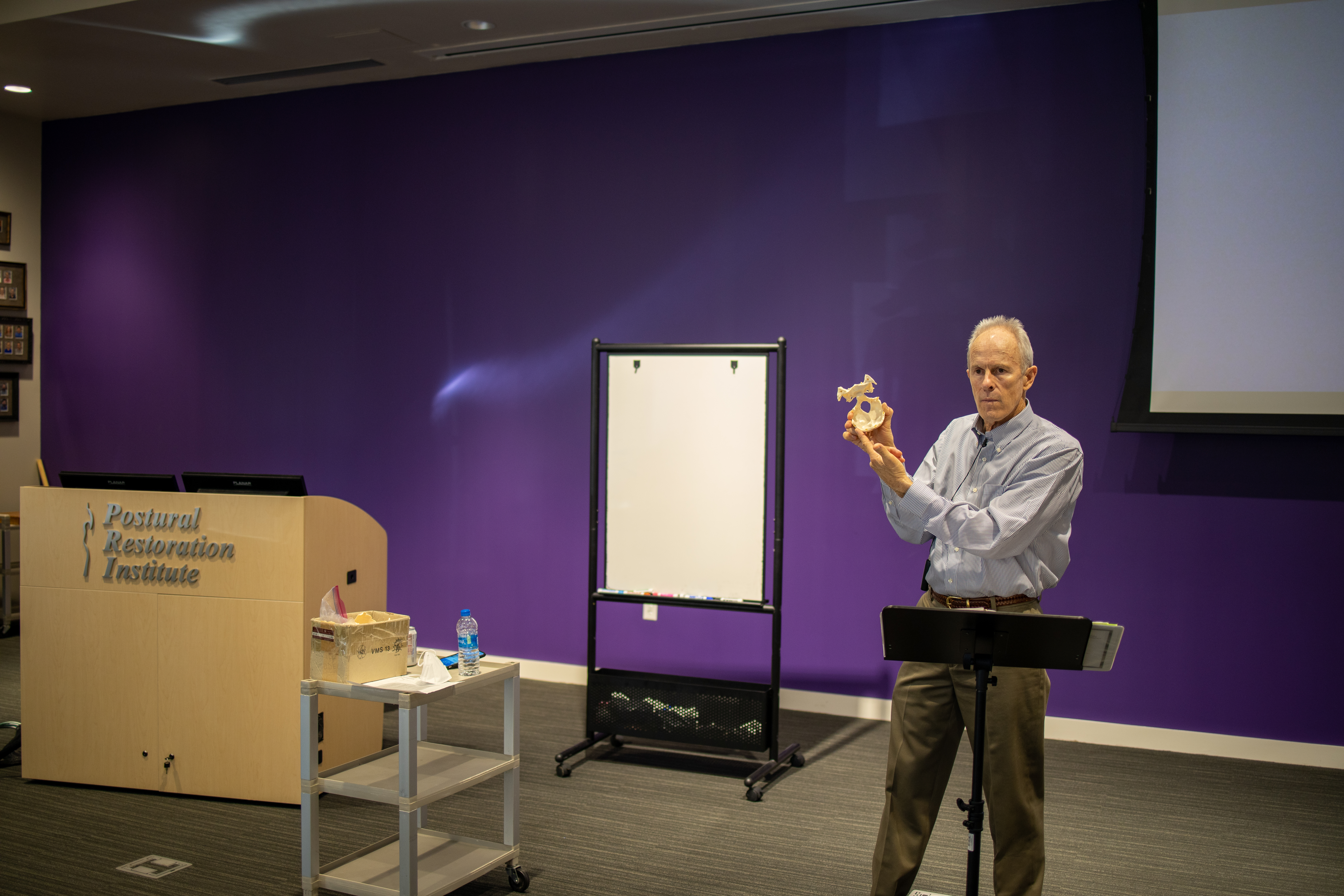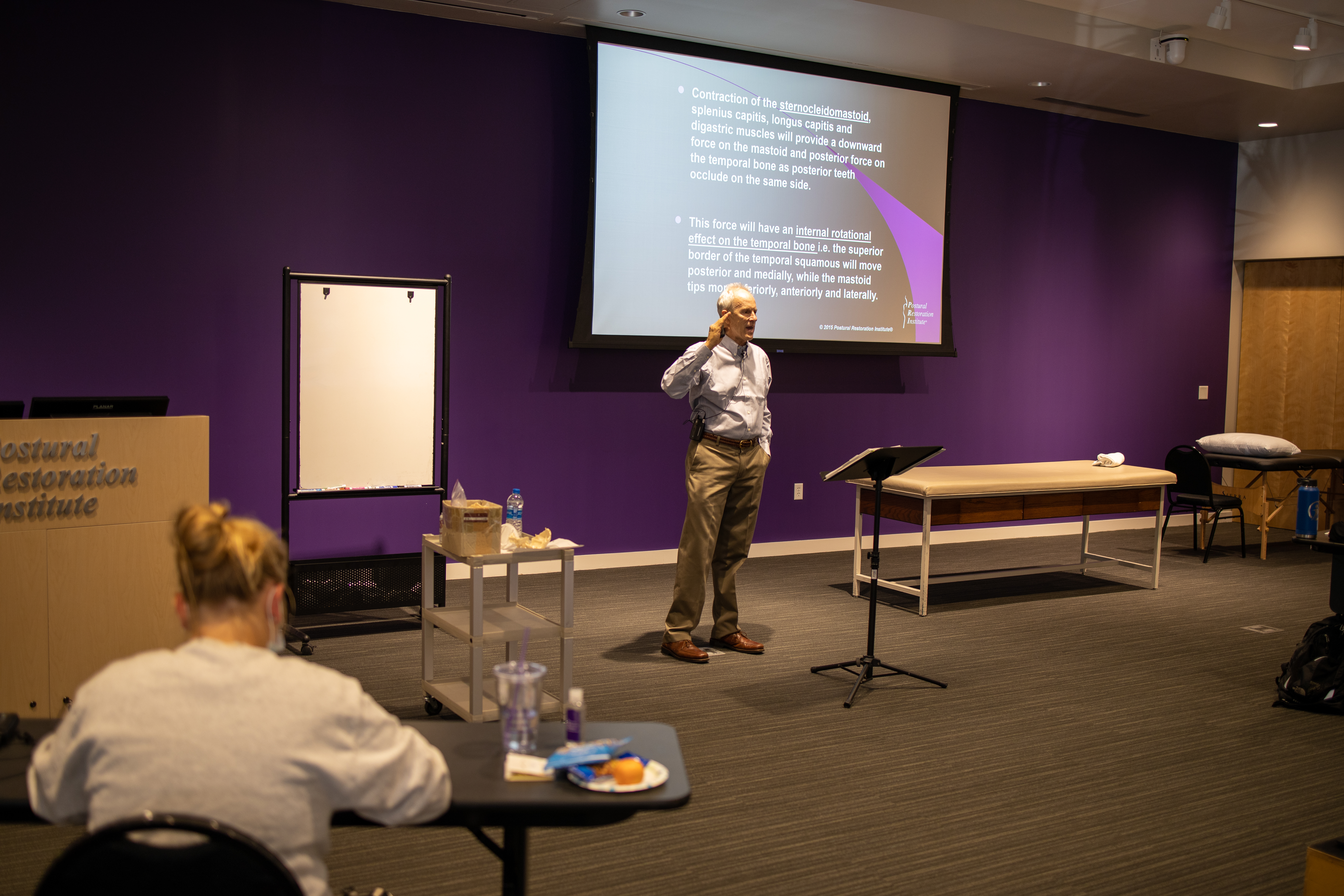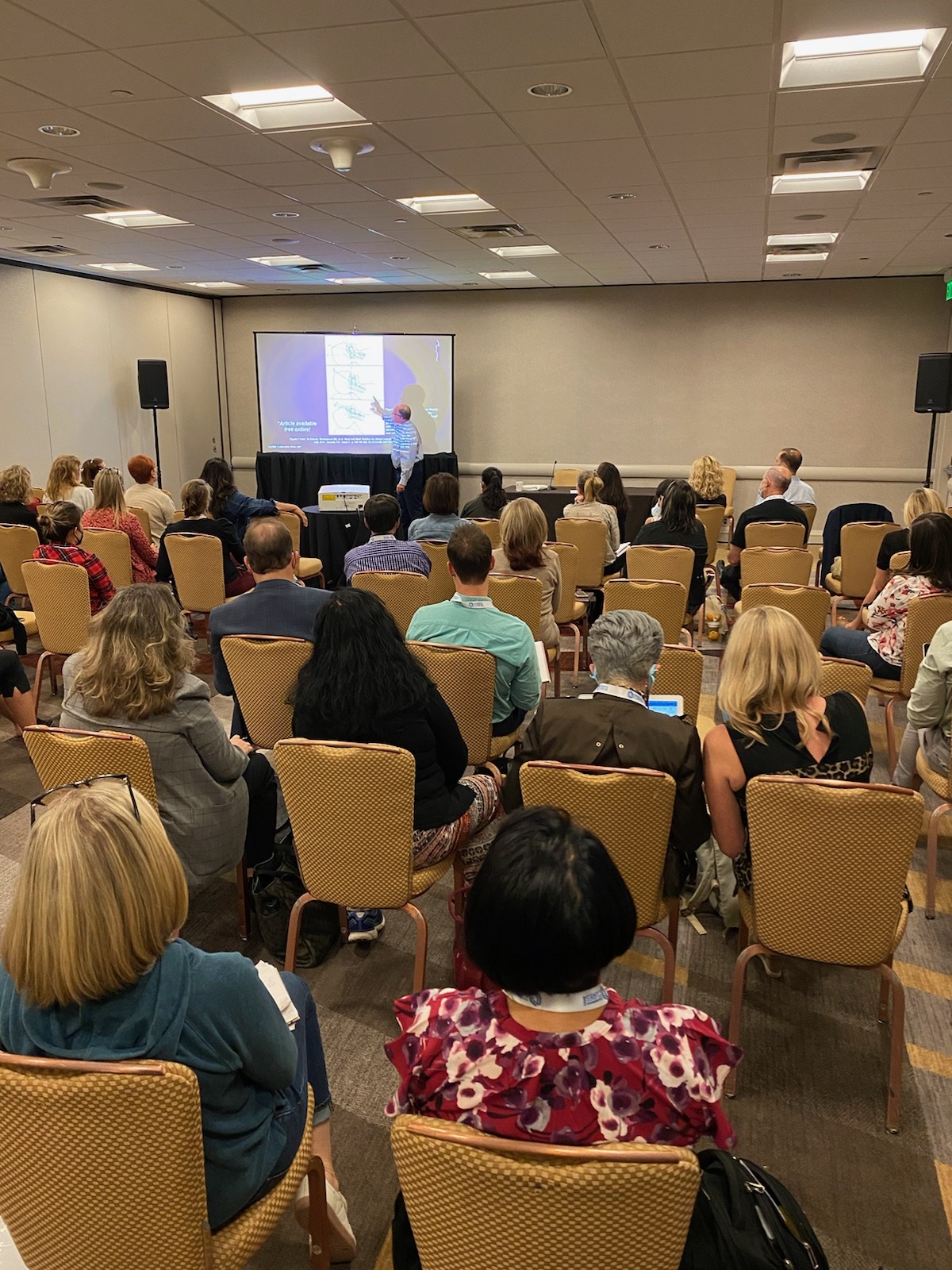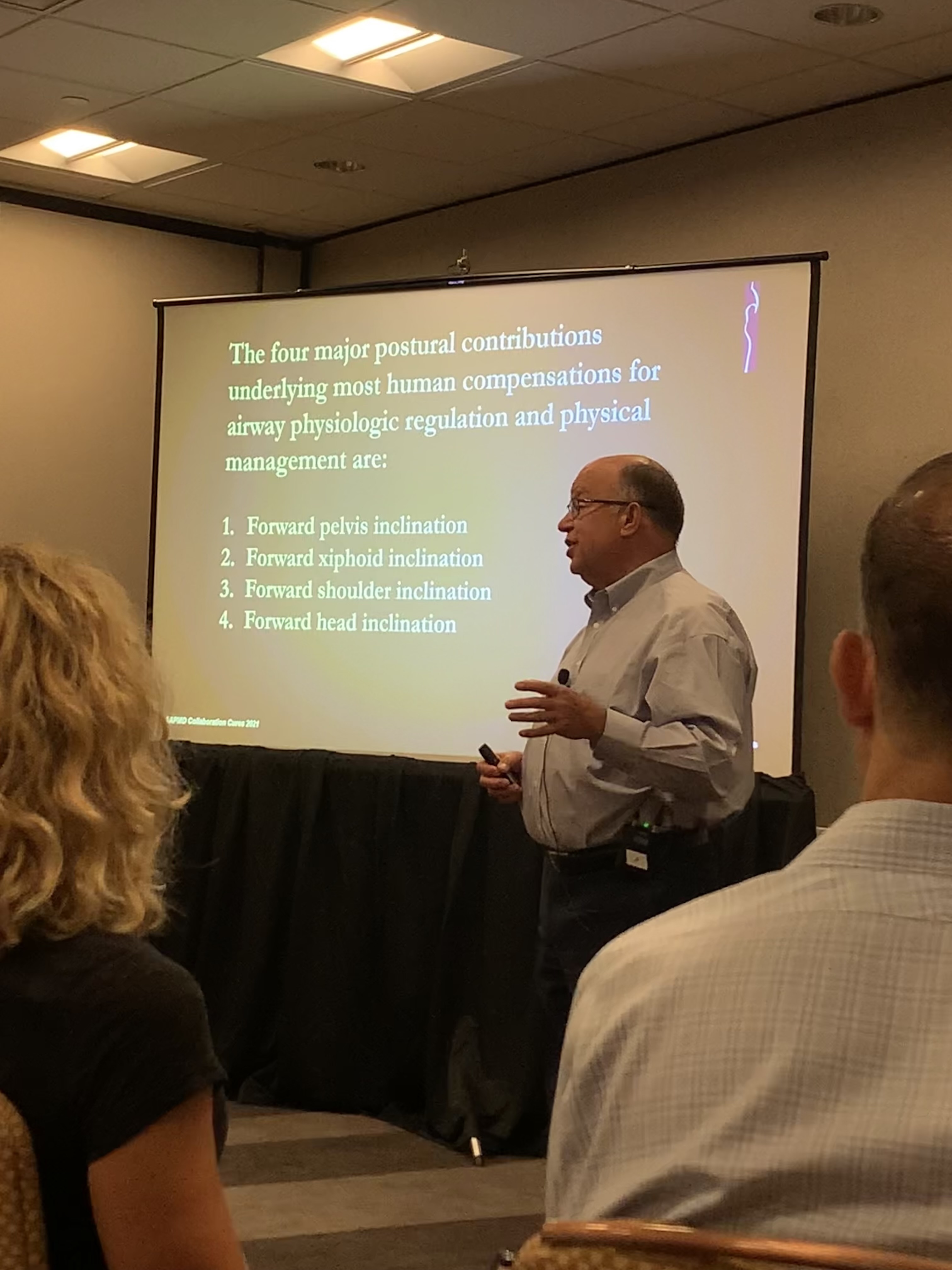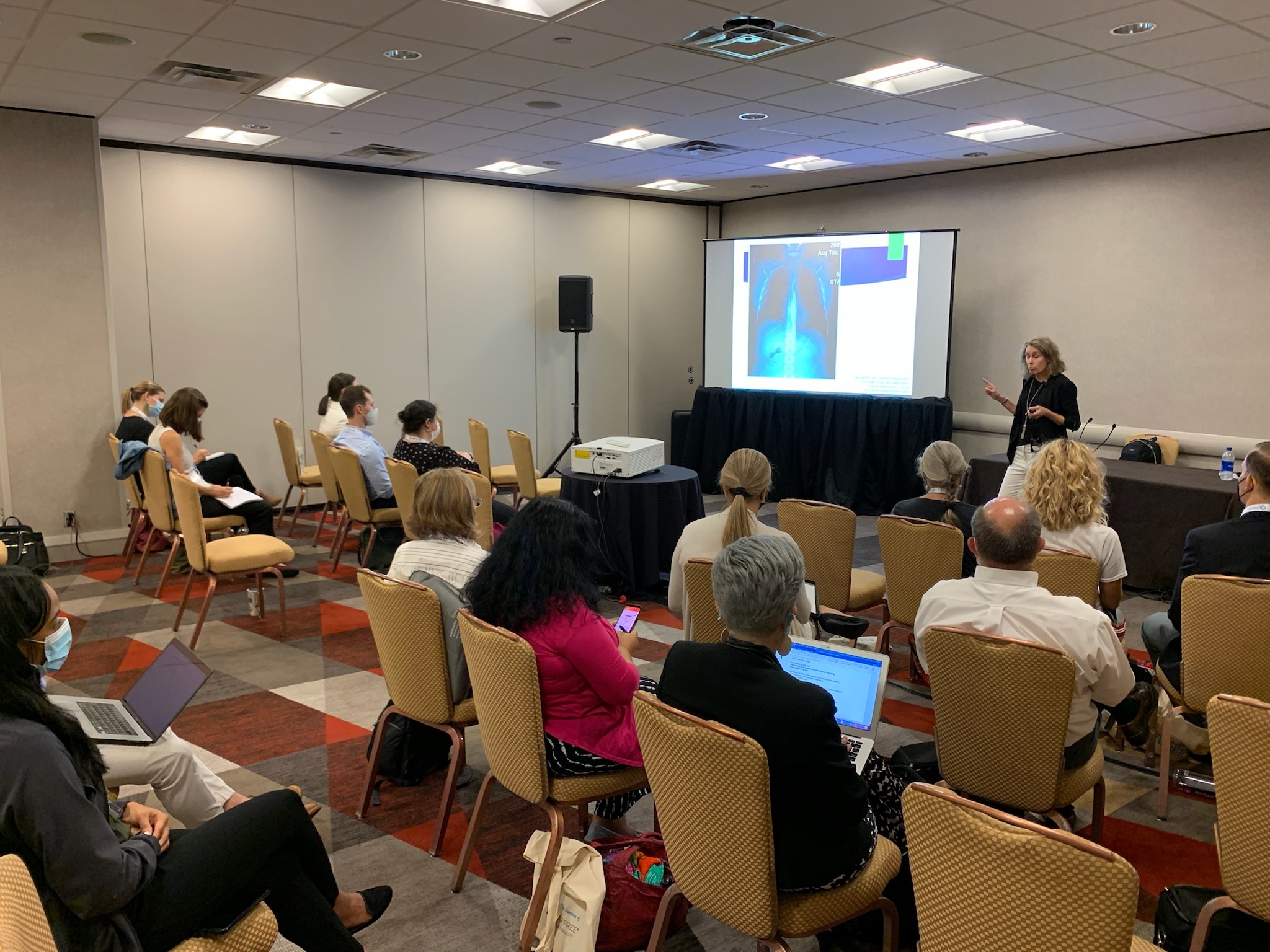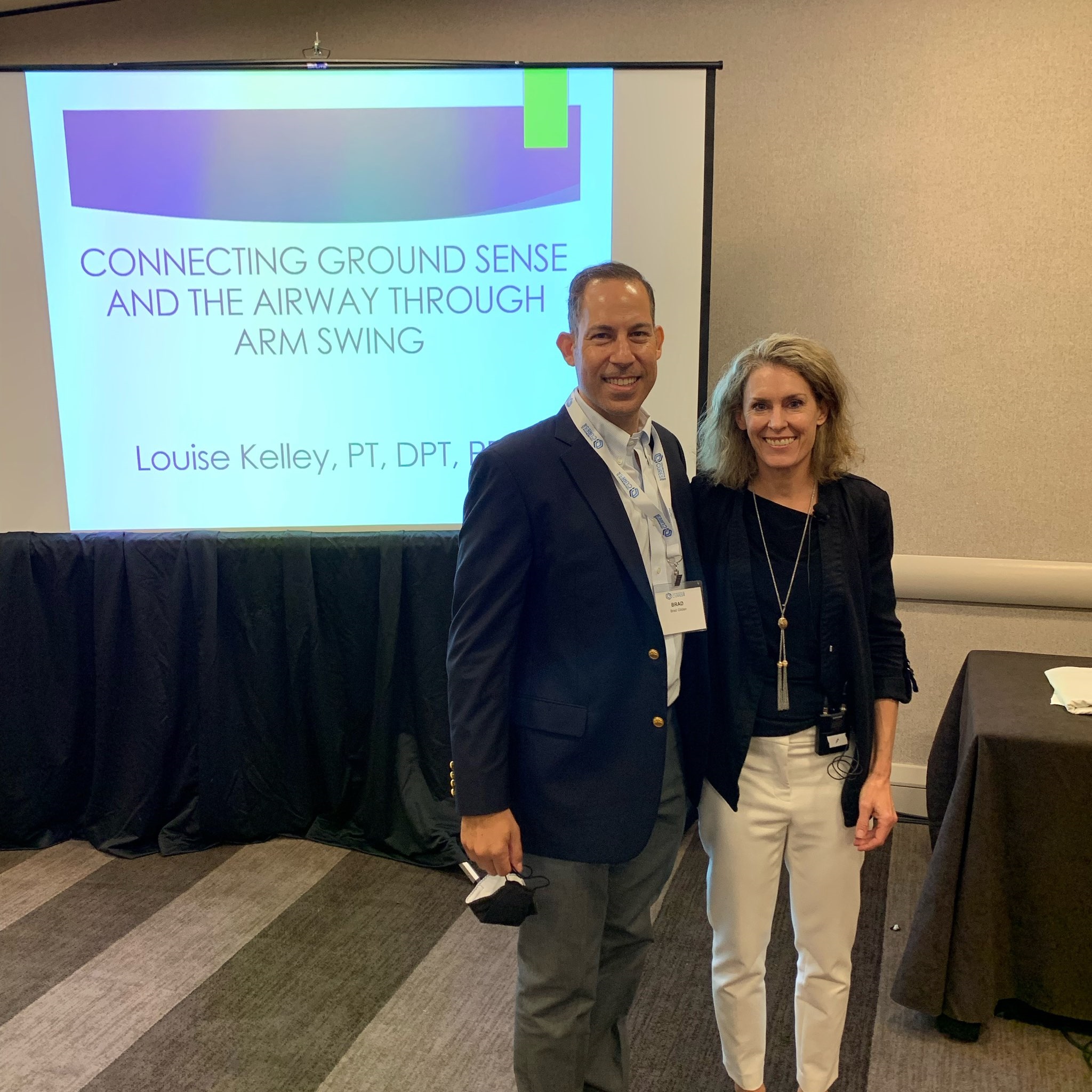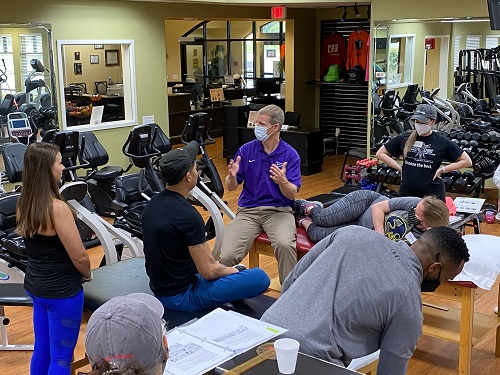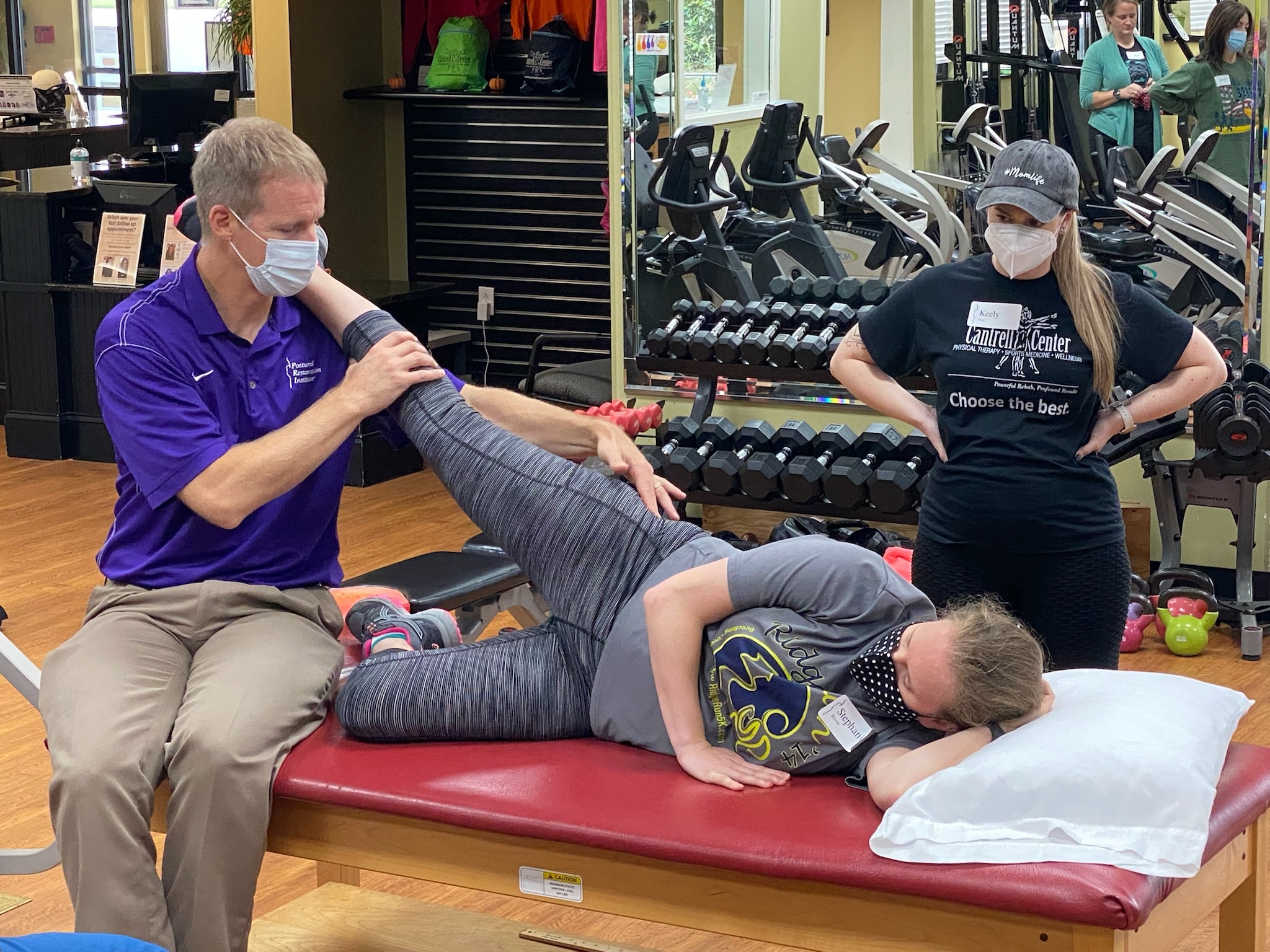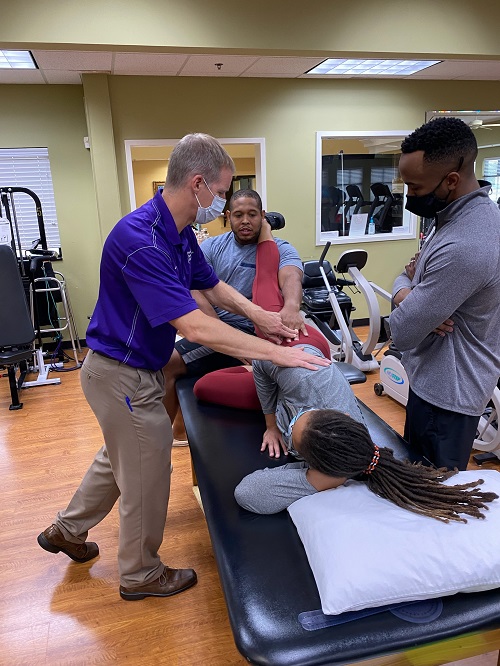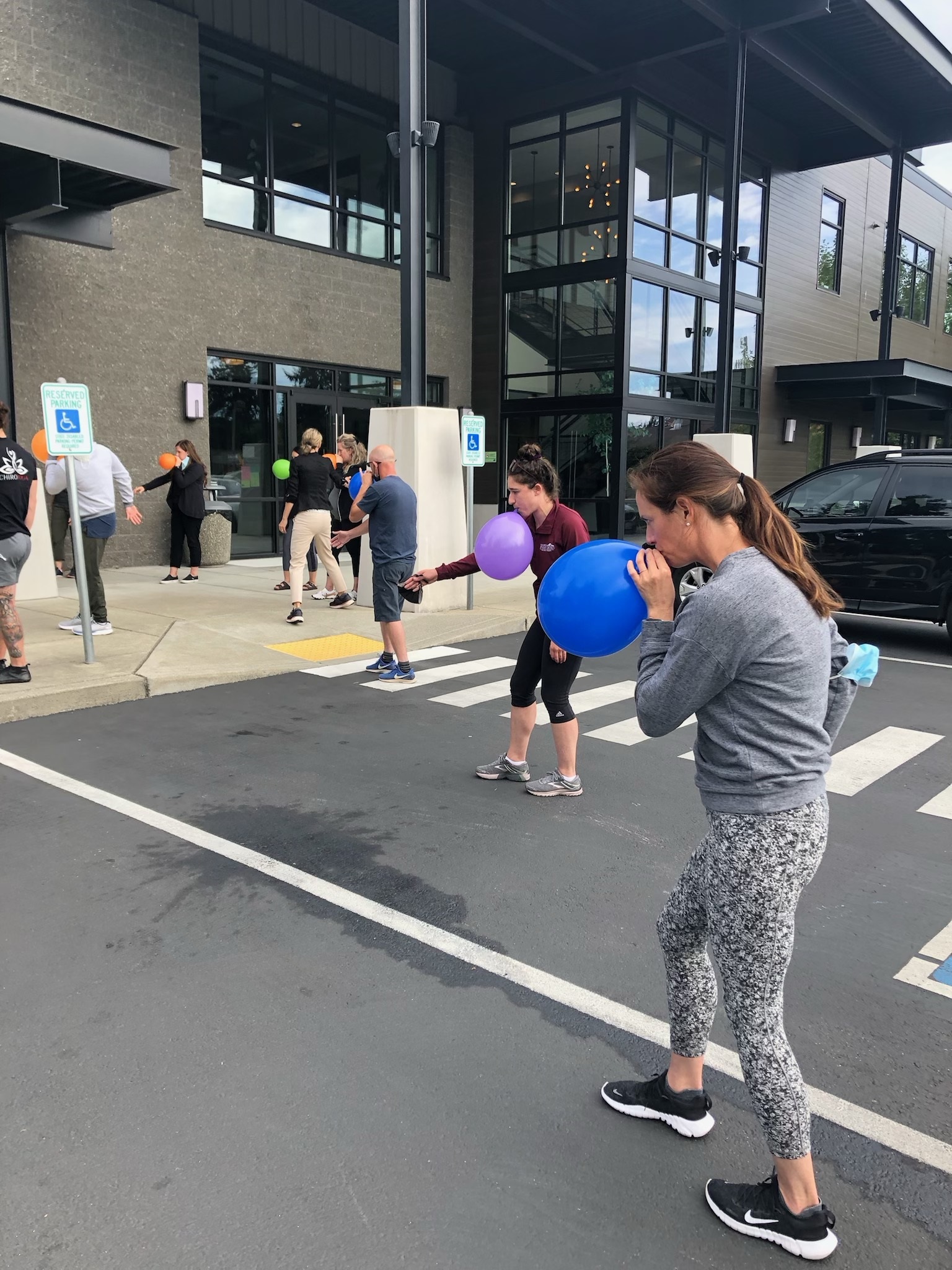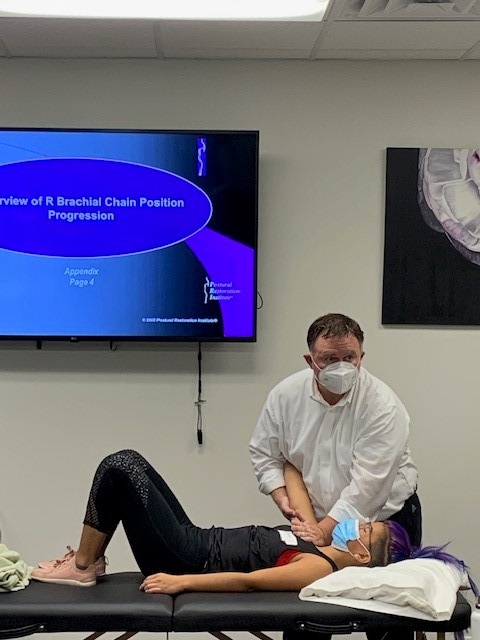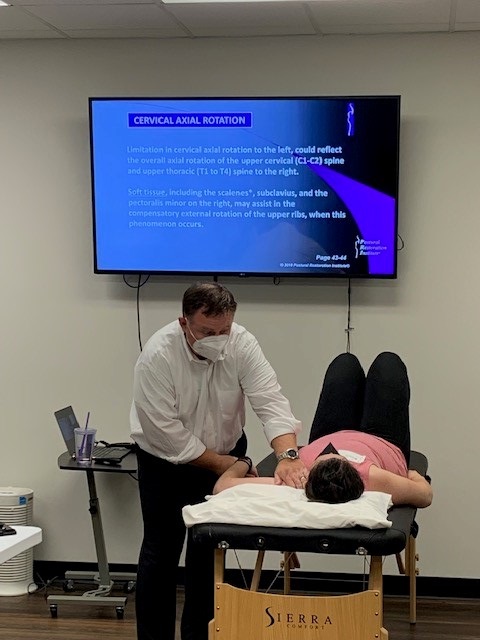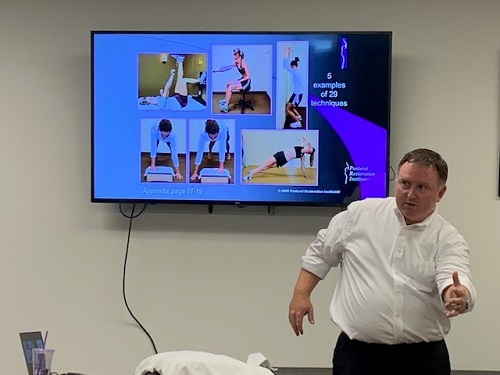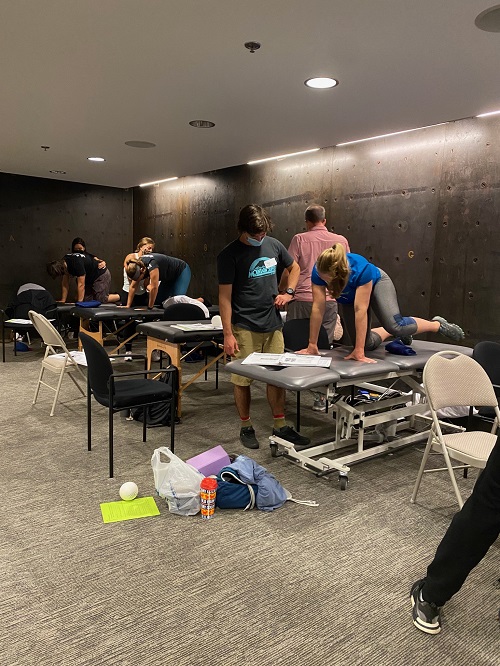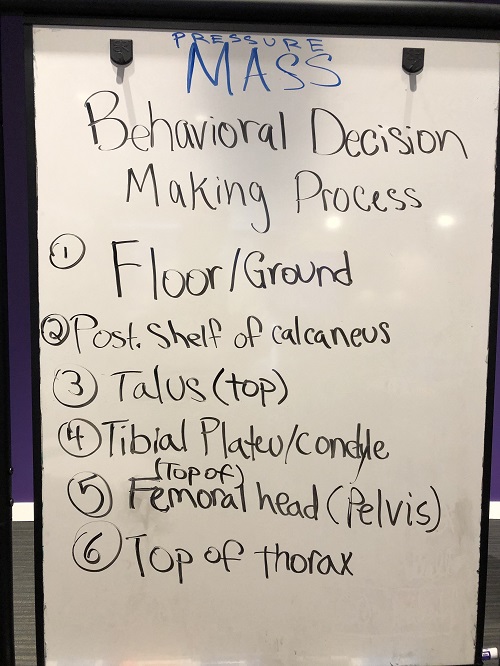My maternal grandmother, Lucy, raised pedigree Saint Bernard dogs. Some of my best memories were traveling with her and her prized show dogs to “dog shows”. My brother and I would ‘dog-sit’ the dogs she was not showing on the runway. They were big dogs, with big mouths, to her 8 and 9 year old grandsons. But they were so lovable, slobbery, tongue friendly and gentle. They also had the cleanest teeth of any of the other dogs being shown. Grandma Lucy would say that clean, healthy, teeth on her Saint Bernards were one of the secrets to keeping their coats of hair beautiful and shiny, their overall social disposition, and their extended longevity. She would often tell us that she believed a dog that could “keep” all its teeth, for as long as possible, would be a happy dog, and “to some degree” would generate better “pedigrees”. I am not sure I believed her then, especially when I was given the responsibility of brushing slobbery dog teeth before they walked on a runway. None the less, I will always appreciate her for so many reasons, including responsibilities she gave me, like brushing canine teeth. She introduced the concept of ‘epigenetics’ without ever talking to people like Dr. Singh. I will always be reminded of her phrase, “to some degree”, when tying to make a point about something she believed had a corollary; which to grandma Lucy, was everything in life.
After many years of discussing material, presenting my thoughts, teaching concepts and writing on occlusal-cervical and cervical-occlusal corollaries, I am beginning to see, hear and read inter-disciplinary discussion on patterned airway and occlusal cervical malfunction relationships, that contribute to and lead to pathology. It is exciting for me to watch and nurture these pedagogical moments, on many disciplinary fronts and confronts.
After presenting the Occlusal Cervical Restoration course on October 8th and 9th, I have received many emails and notes from course attendees, including dentists, who were so appreciative. The course was strengthened by Dr. James Carlson, a dentist who has written so much on the stomatognathic system, physiologic occlusion and orthocranial force, presence, input and confirmation. One dentist wrote, “to see your interactions with Dr. Carlson will never be forgotten”. This comment, followed by other comments from other participants, reinforce our mission, our intent and our desire to help create and foster communities of interdisciplinary minded providers. A community that appreciates the health of occlusion and oral alignment.
Dr. Carlson, in his 2005 publication on Physiologic Occlusion (a book that is now titled “Orthocranial Occlusion and Dentition Design”) wrote, “With the advancement of integrated health care it is becoming apparent that dentistry, osteopathy, chiropractic, medicine, optometry, physical therapy, massage therapy, and craniopathy have overlapping areas of concern: the head, neck, and face. The concept that the structural alignment of the maxilla, the position of the mandible, and dental occlusion affect the craniosacral mechanism, orbital bones of the skull, neuromuscular system, and the position of the cervical vertebra may be new to many dentists. However, with more dentists cognizant of the interdisciplinary approach to treating patients, the awareness of the concept is growing.” His presence at this course was such a gift, a privilege for all of those in attendance, including the 14 dentists and the other health care providers, that were also in attendance, some of whom work directly together. We will again be honored with his presence and presentations at next Springs PRI Interdisciplinary Integration Symposium (The Stomatognathic System: An Interdisciplinary Approach In The Management of Spatial Navigation and Structural Strength) next year on April 21-22nd. Because of his, and my, strong belief in integrating different disciplines, the health and happiness of the patients being served by an integrative team, should improve; ‘to some degree’.

